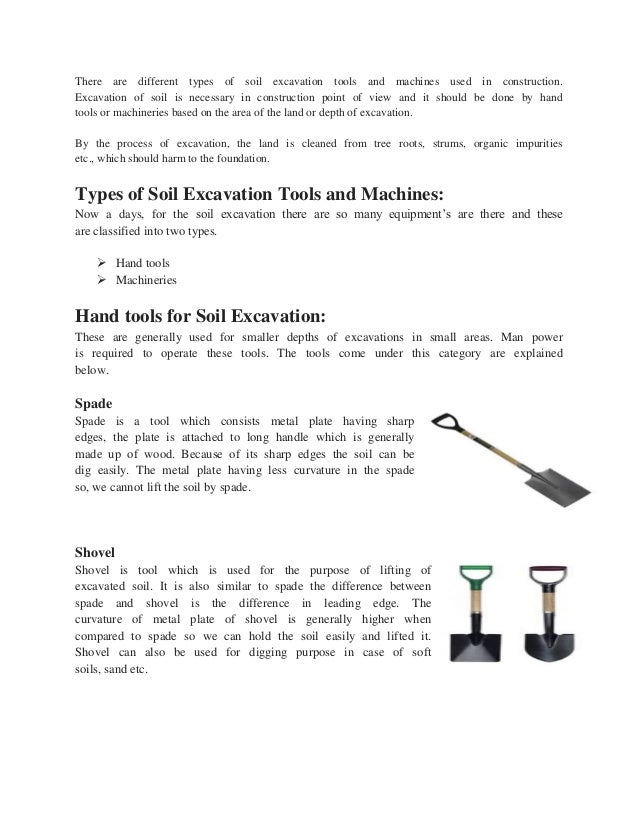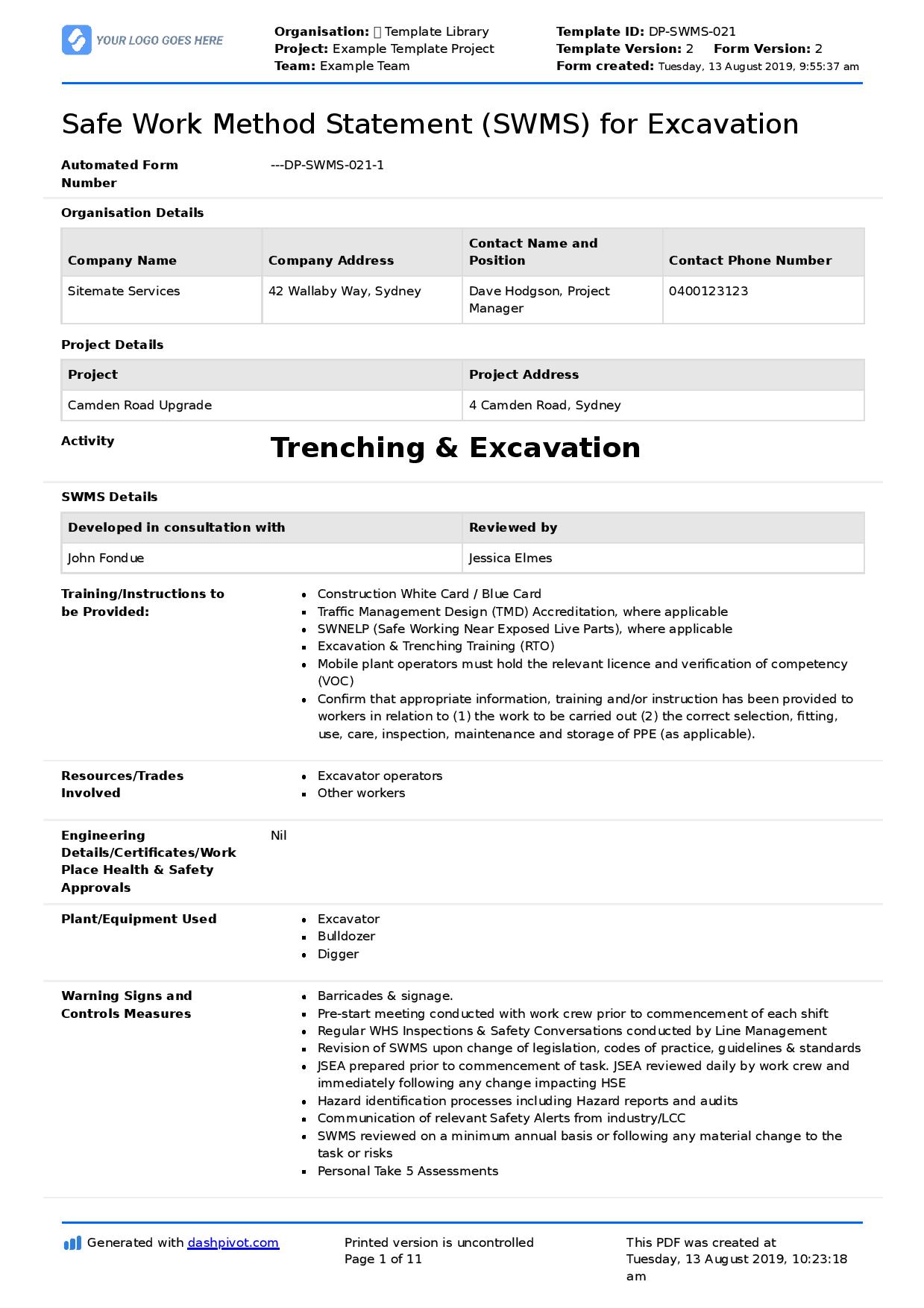Concrete Contractors for Beginners
Table of ContentsHow Grading Contractors can Save You Time, Stress, and Money.Facts About Grading Contractors UncoveredThe smart Trick of General Contractor That Nobody is Talking AboutMini Excavator - An OverviewGetting The Mini Excavator To Work


Scrapers or Pans excavate dirt in one location, haul and dispose the dirt in an additional place (trencher). It is hard to match the efficiency of scrapes for cut/fill dirt operation if the haul range is much less after that a mile. Scrapers are usually pulled by a rubber tire wheel tractor and are sometimes pushed with the cut location by a bulldozer.
There are often times that scrapes are not utilized for site grading and a dump truck is used: the haul might be to long, the haul might cross roads where scrapers are not allowed, tough rock might be encountered, equipment accessibility, and so on. Discard vehicles remain in typical use and possibly call for little discussion.
Several vehicles have a top-hinged tailgate that can not dump any rock bigger then the tailgate width. "Rock body" beds, on the various other hand, have no tailgates as well as can dump any size rock, although their quantity capability is diminished. These internet links show tools requirements for a number of common dump vehicles. Compaction Devices increases the thickness of the soil and also in some instances offers a smooth, rolled surface.
The Best Guide To Excavator
From a simple examination pit to percussion drilling to core boring the proprietor has progressively much more expensive choices that yield increasingly better information concerning the website underground. The Owner on a 100,000 SF building job might license twenty boring locations with split spoon dirt samples taken until rock is gotten to as well as then core examples of rock.
Recognizing the kind as well as high quality of rock (from the core samples) as well as location of rock (from the dirts boring) is a genuine advantage in jobsite planning. On the other hand, the Proprietor of a 100,000 SF structure might choose to continue with no geotechnical screening whatsoever. The choice regarding geotechnical testing is usually made by an Owner with no input from the Building and construction Supervisor.
A knowledge of the approximate place of the rock aids the Building Manager to plan the sequence of actions adhering to rock excavation. If rock is in one corner of a large building job, for instance, the planet excavation could begin at the contrary end of the structure in order to begin structure work soonest.
Starting the structure job early would be a great concept if the rock can be removed by ripping. If the rock is incredibly tough and also requires substantial blasting, it may be prudent to hold foundation work up until the blasting is finished. The Building Manager should collaborate these kinds of decisions as well as utilize all the technological date available.
The Definitive Guide for General Contractor
Unidentified excavation stipulates that all rock or other unforeseen products (omitting unsafe materials) come across in the sitework will be the duty of the Specialist at no adjustment in agreement cost. An unidentified excavation is less complex from a book-keeping perspective as well as positions the responsibility for geotechnical conditions onto the Sitework Professional.
Just How Water Impacts Sitework? It's incredible what a hefty rainfall can do to a construction project. Prior to the rain, the site may be completely dry, hefty equipment efficiently moving earth, the various other trades efficiently executing their work. Within hours the project can be a careless, mud-hole with employee effectiveness cut to concerning 10%.
In the majority of areas of the globe, the Building Supervisor need to bear in mind a simple reality: IT WILL CERTAINLY RAINFALL. Great planning can reduce the damage and interruption of a heavy rain to a jobsite. Usually the excavation and also grading is entrusted to the Sitework Specialist (as well as their Foremen is accountable to monitor and guide the heavy devices as well as drivers).
The Construction Manager should be continually mindful of what rain will certainly do to the task site. It is not uncommon for the Sitework Supervisor to function their hefty tools for optimal efficiency and also wish it doesn't rainfall. One of the very best means to get ready for rain is to incline all qualities to drain pipes and also to smooth rolled the surface area before a rain.
Getting The Excavating Contractors To Work
The Building and construction Manager need to be perceptive adequate to guarantee that hefty rain does not quit work on the task check here longer than required. Daily discussions with Sitework Foremen may be required to attain this objective. At any time excavation is needed below the existing water level on a project, the procedure of dewatering need to be considered.
In a really cohesive dirt, the water travels so gradually with the clay or silt that dewatering is not typically required for the relatively brief time of excavation. Dewatering may be needed for a solitary footing excavation or for a whole project website. One of the most typical dewatering methods are trench drains pipes, deep wells and also well points.

Ground water seepage can also be reduced by cutoff methods such as sheet piling. The prices for dewatering can be astonishing, including equipment leasing, labor and like this also electrical energy (or fuel). High dewatering expenses have actually paled the earnings margins on far a lot of tasks. The numerous variables listed here make the task of approximating dewatering prices really challenging, and also very inexact.
This alternative ought to constantly be considered when assessing the possibility of dewatering. Obviously the choice is just sensible if gravity can run the water to lower ground. Trench drains pipes can be cut with a backhoe as well as filled with a rugged, granular product (# 4 stone for instance), however treatment should be exercised in selecting the water electrical outlet type as well as place.
The Ultimate Guide To Mini Excavator
A siphon, by meaning, uses climatic pressure to bring water from one elevation, up over a barrier, to a lower altitude. The pipes in a siphon system must be impermeable and some resourcefulness is commonly needed to totally fill up the siphon pipeline. The siphon pipe have to be full for the siphon to begin.
A deep well is composed of a pump, hose pipe and also a vertical well casing. The pump intake is at the base of the well housing (generally some smashed rock is put down there as a filter tool) (concrete contractors). The water is inflated the tube, out of the well housing, and also to a suitable discharge location.
In a rugged sand, as an example, a large location can be pumped to near the pump consumption elevation. A less absorptive dirt, on the other hand, lowers the performance of a deep well. Given that the pump is typically at the end of the deep Continued well, there are no elevation limitations as a result of vacuum lift, as well as deep wells can decrease the groundwater over 50 feet.
On the base of the wellpoint there is a 2 foot long screen as well as shutoff, water jets out of this valve as well as develops a hole into which the wellpoint pipe can be reduced. This opening is usually made a bigger diameter (for instance 10 inches) to allow for a coarse sand backfill to help filter the water (demolition).